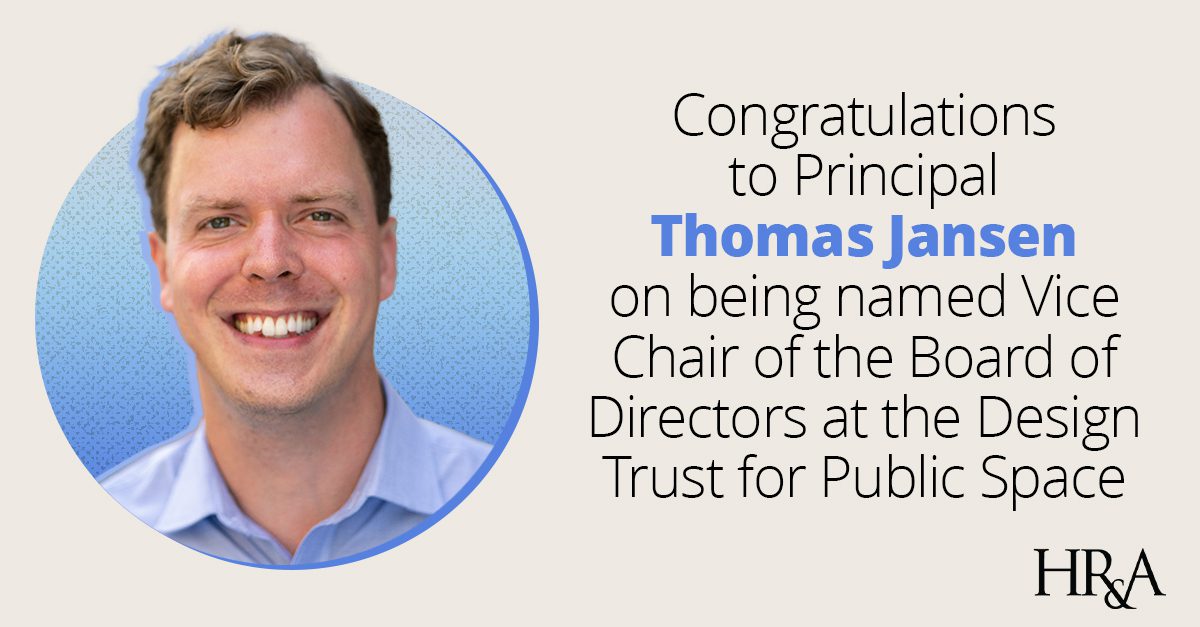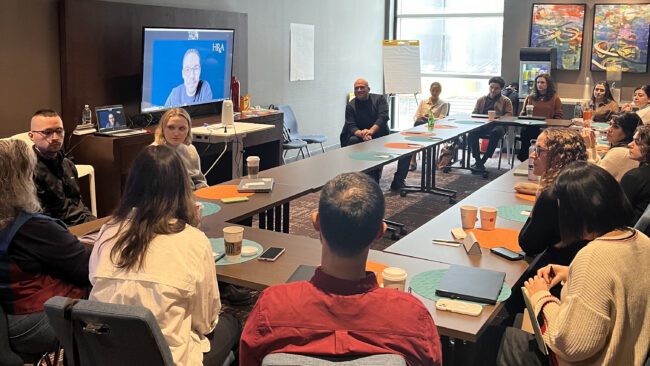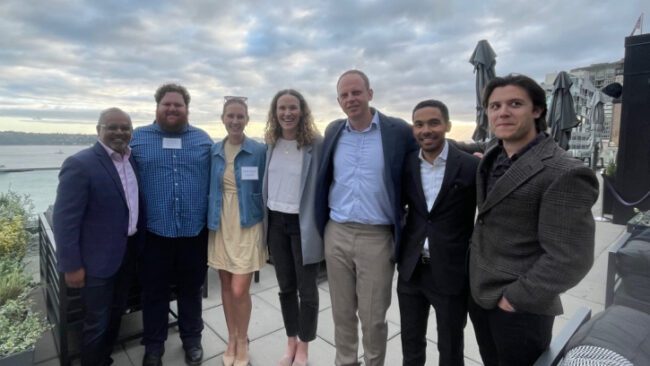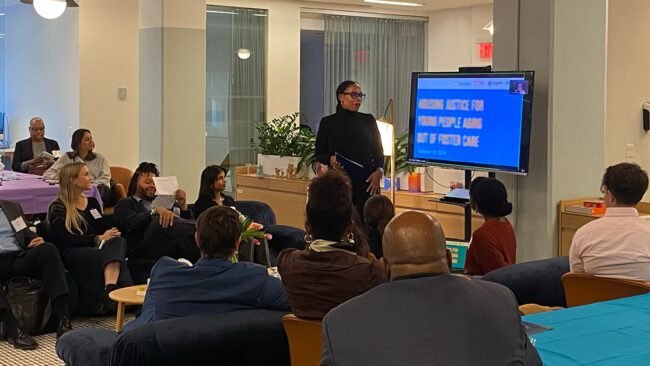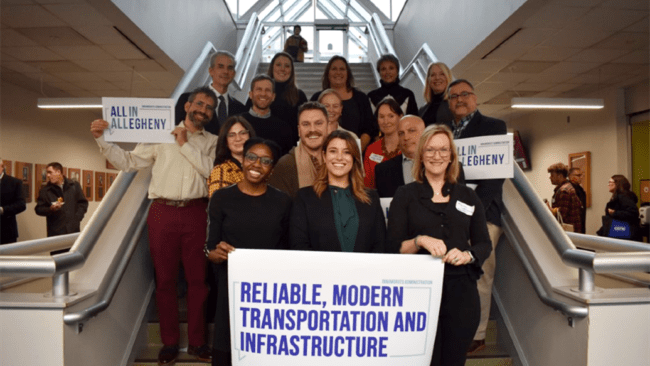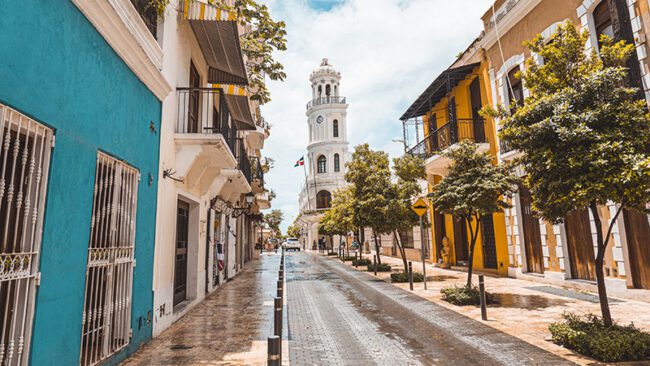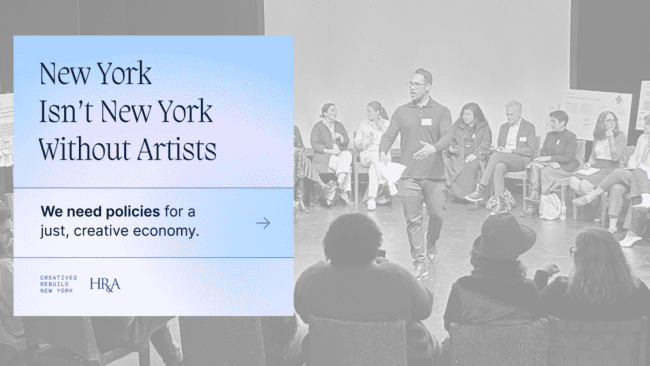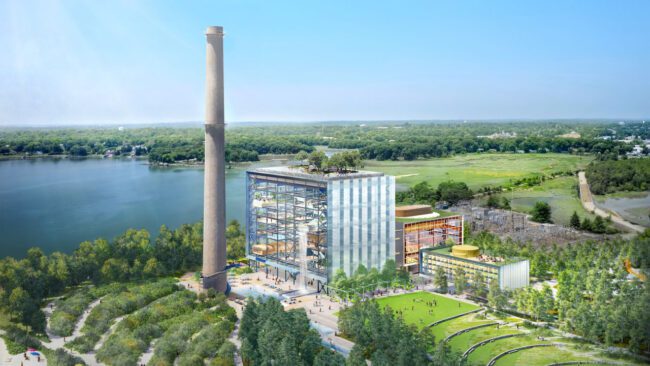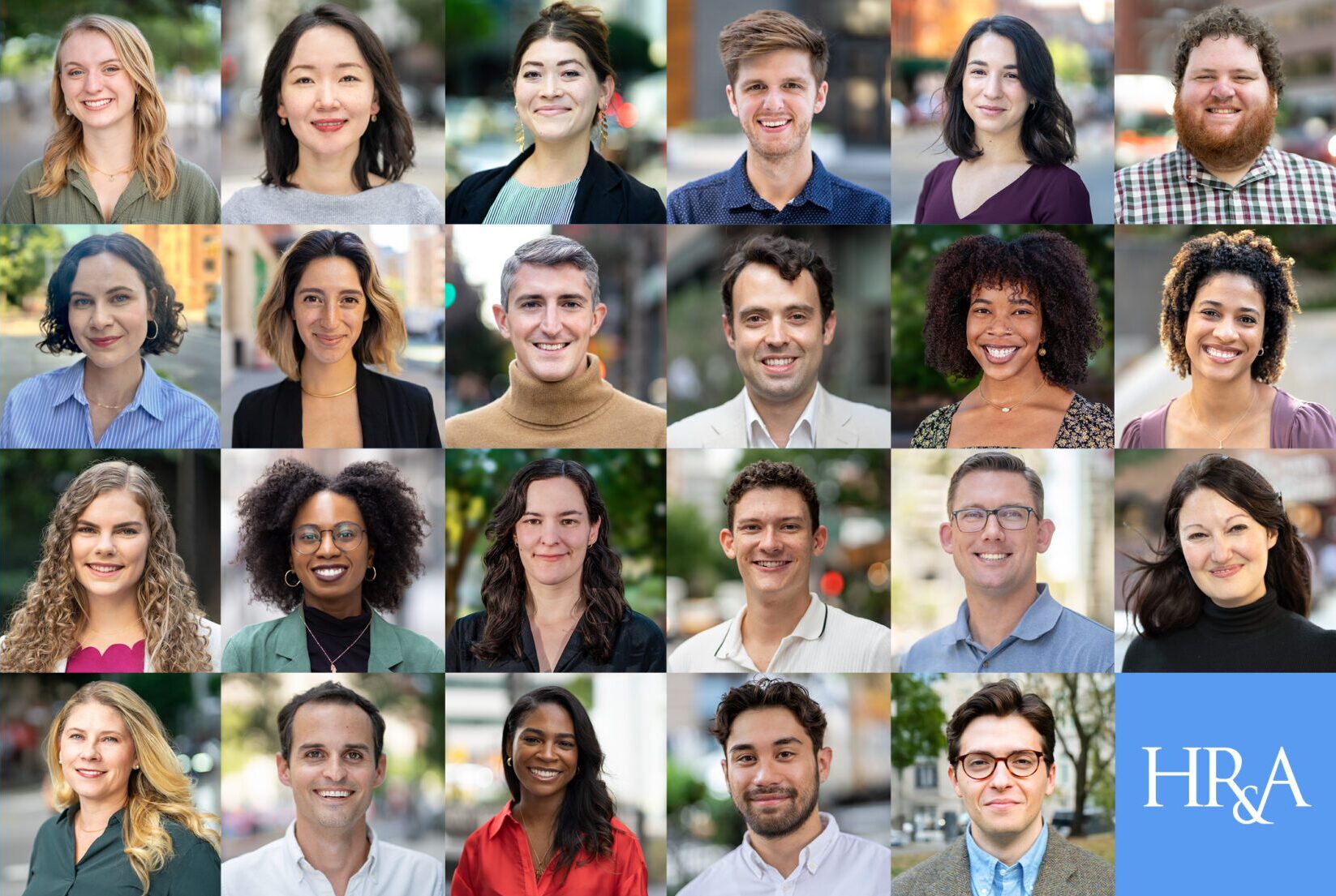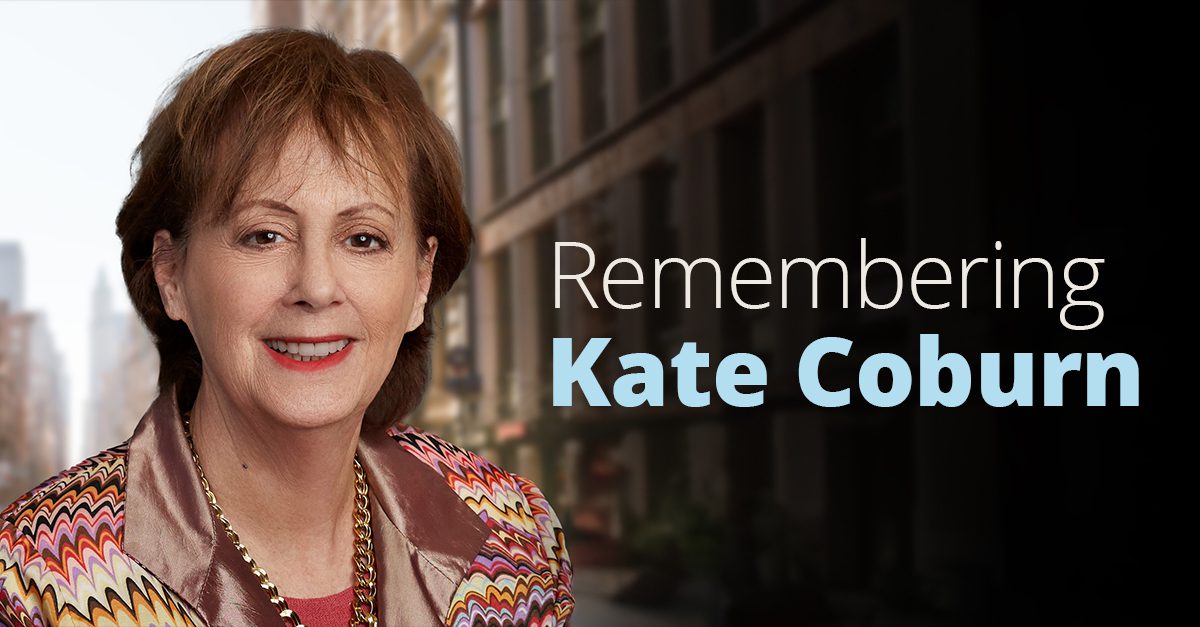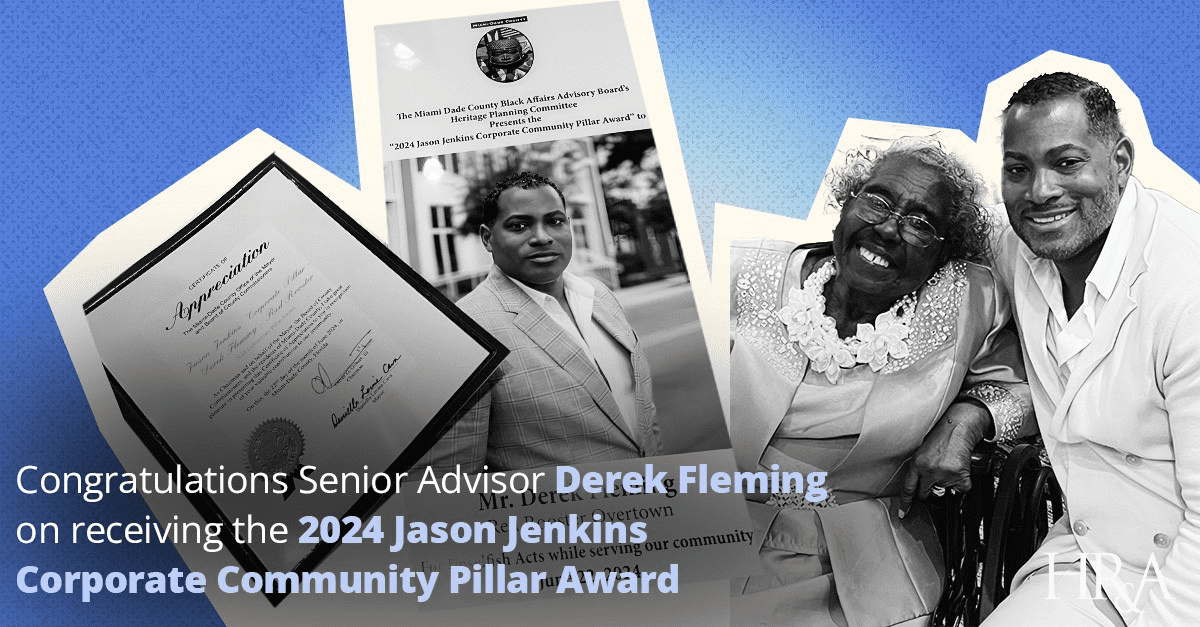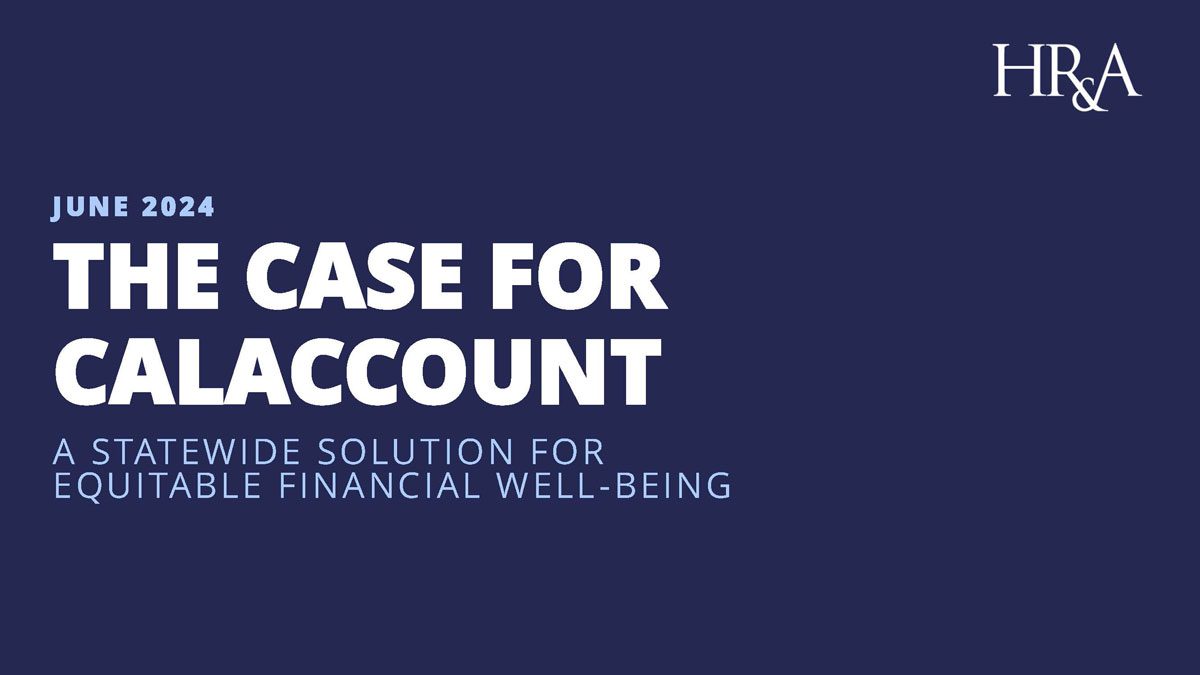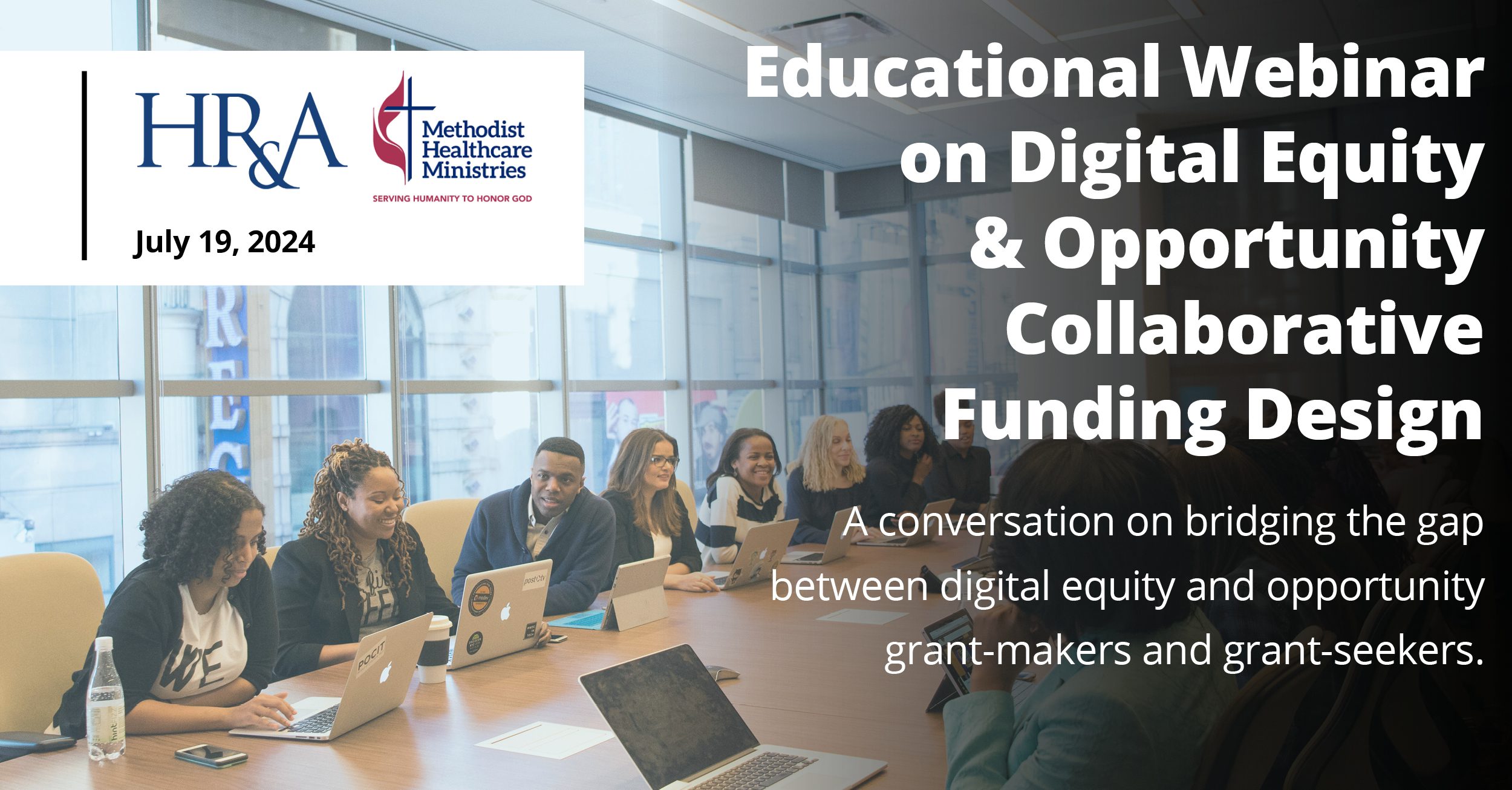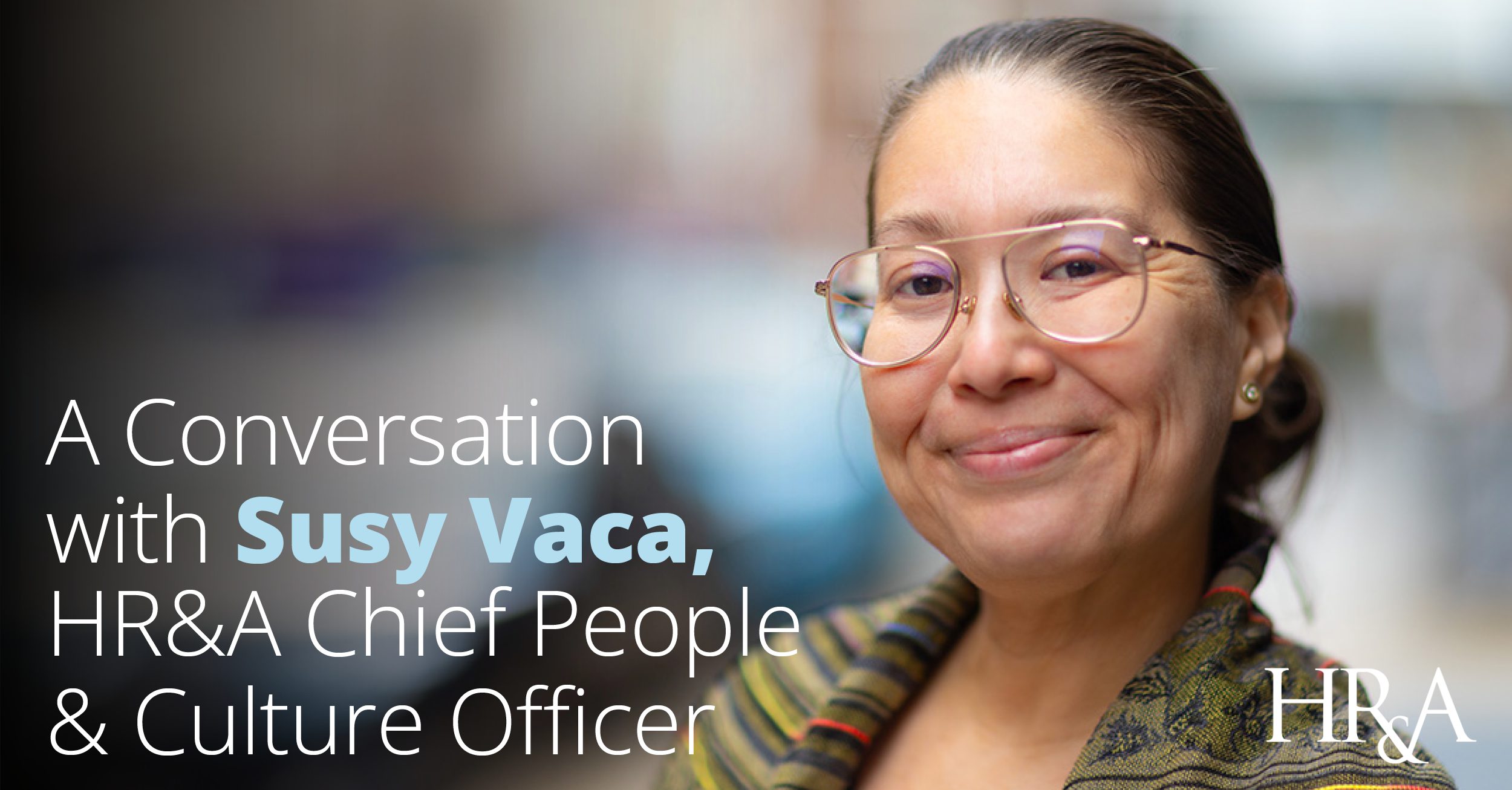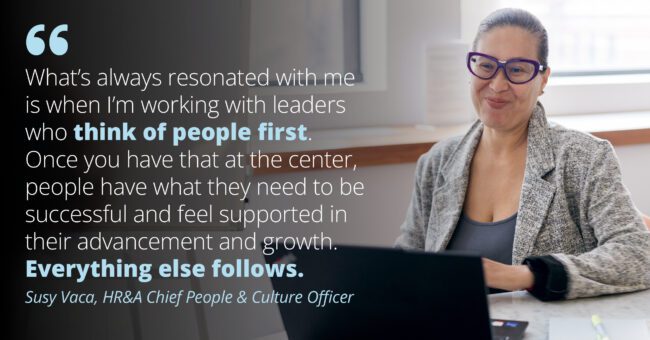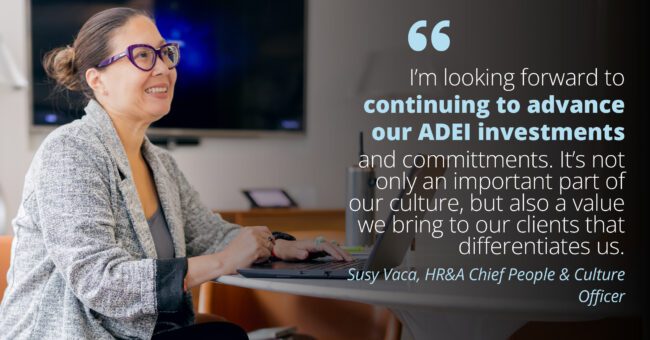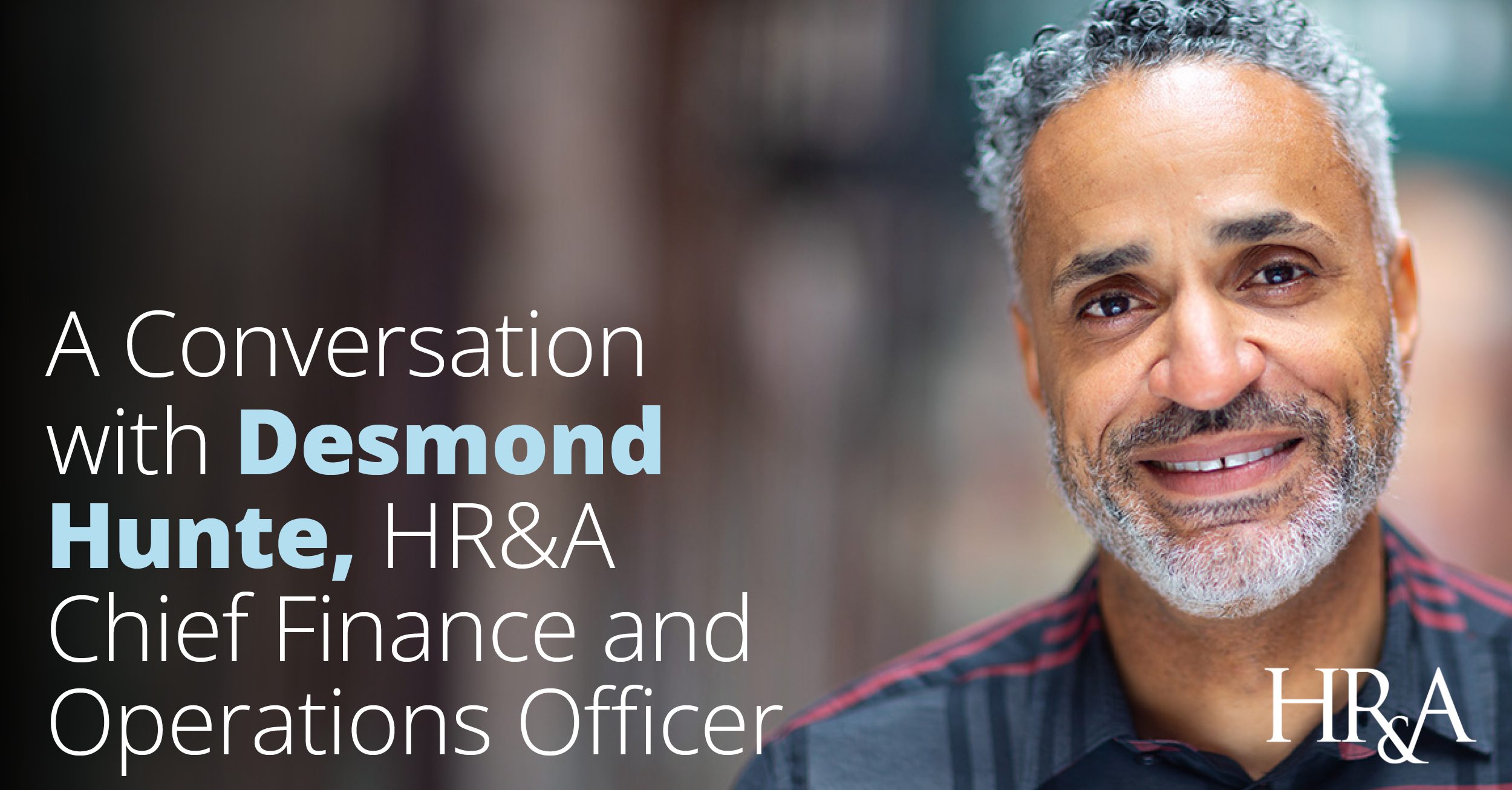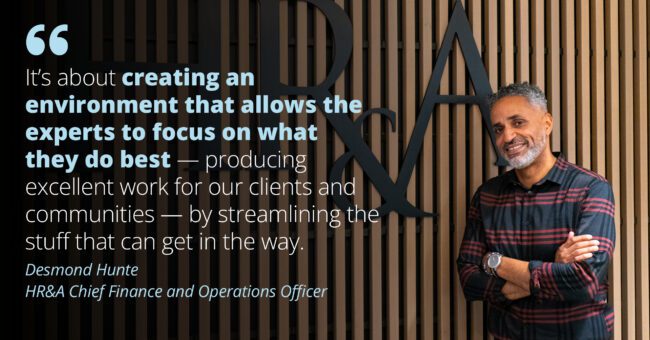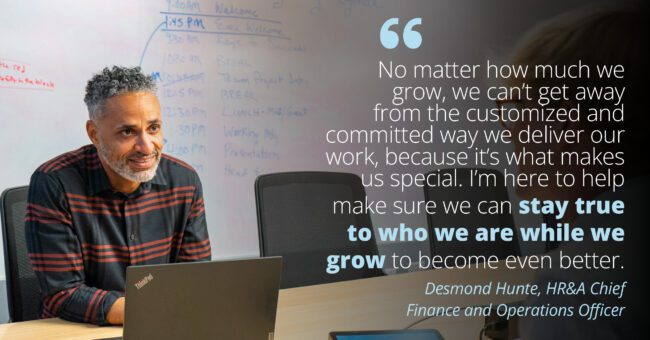We are excited to celebrate the elevation of HR&A staff across our offices. These emerging leaders reflect the passion and talent that sets HR&A apart. Our deep bench of analytical and creative staff will continue to help HR&A grow and expand our services to meet the challenges facing cities today and those yet to come.
Senior Principals
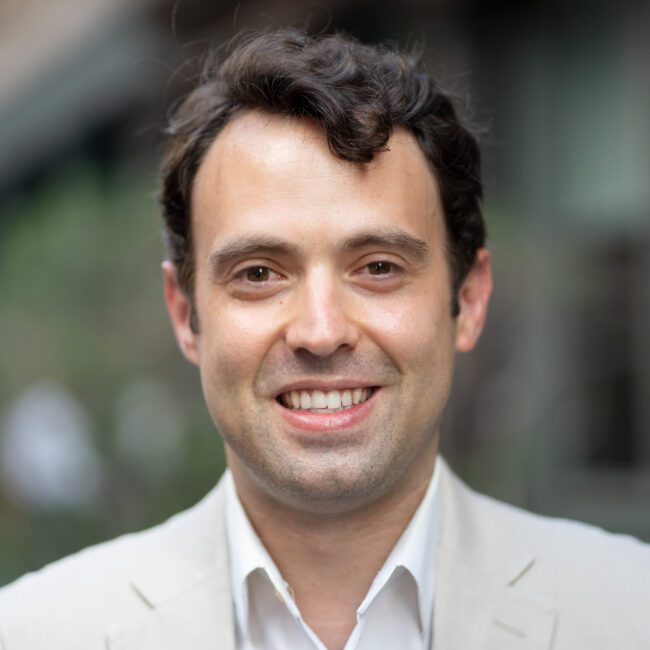
Ignacio Montojo serves infrastructure and real estate developers and investors, international finance institutions, and public agencies in planning and delivering complex transportation, broadband, climate, and large-scale urban development projects globally.

Sarah Solon is a leader in HR&A’s Inclusive Cities practice working with partners inside and outside of government to build greater political power for marginalized communities, increase accountability of local governments, and institutionalize mechanisms for more just and equitable cities.
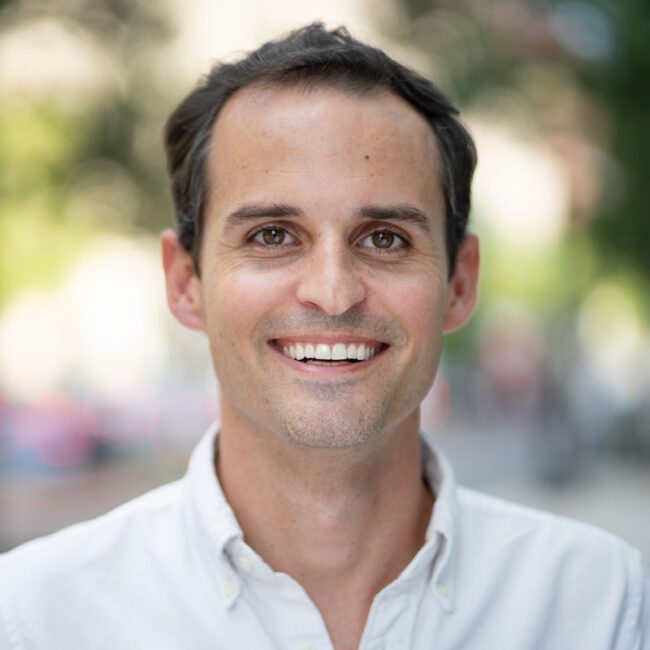
Steven Reilly brings expertise in the areas of market analysis, urban planning, and strategic real estate advisory and is based in our Washington DC office.
Principals

Ada Peng provides implementation and financing strategies in the realm of public-private partnership, housing and real estate development.
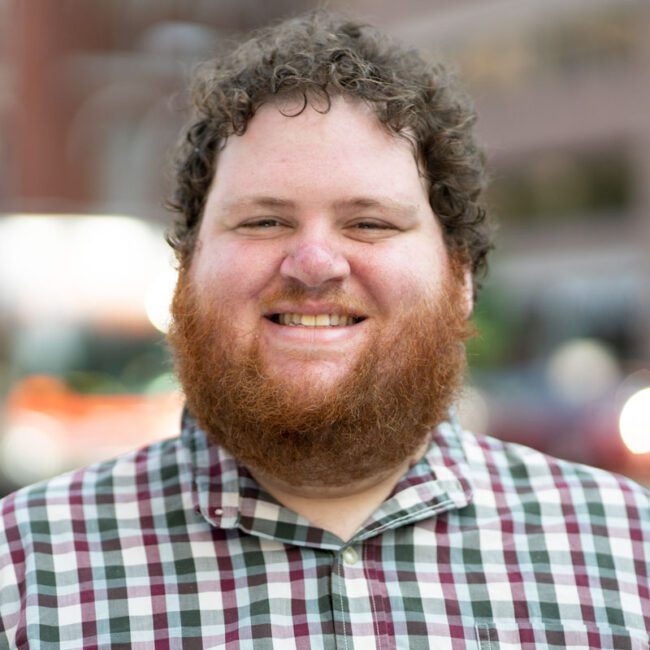
Daniel Warwick works with public and private sector clients to solve challenges impacting cities.

Giacomo Bagarella advises governments, businesses, and large institutions on harnessing technology and innovation to create thriving economies and cities.
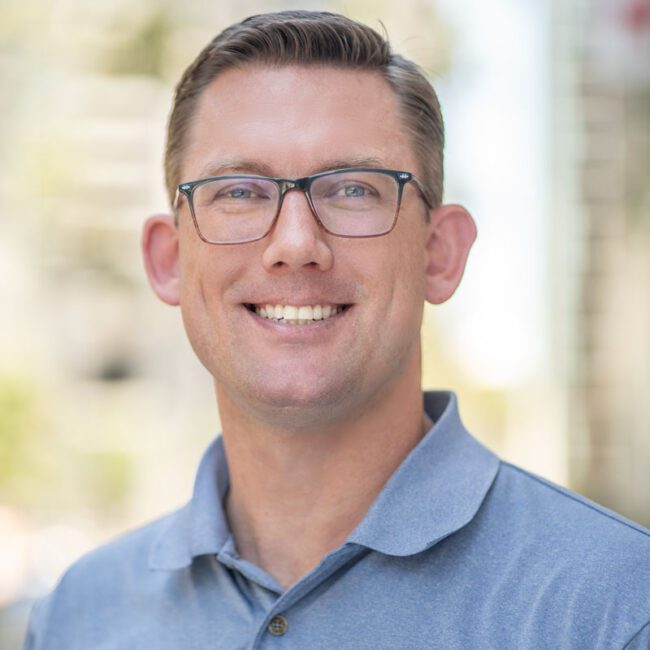
Peter Brewton advises public and private sector clients on affordable housing strategies, program design, and transaction underwriting and execution.
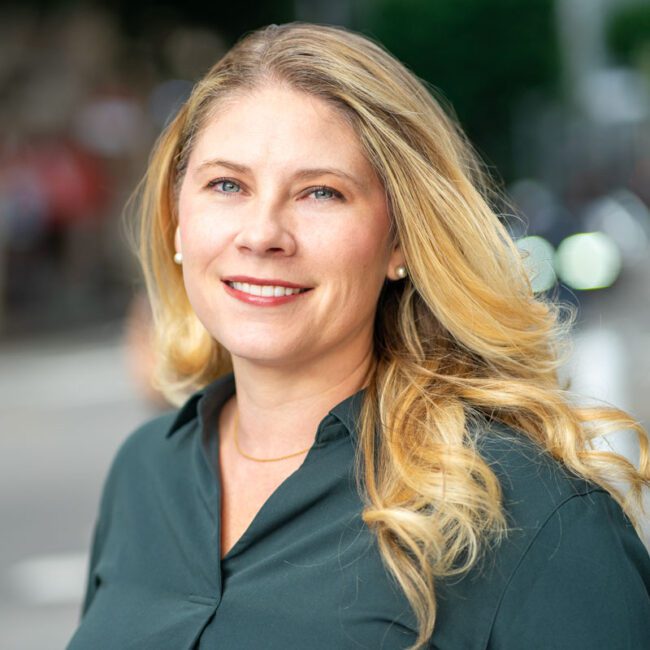
Shawn Daugherty promotes digital equity through partnerships with governments, organizations, and the communities they serve.
Directors

Claire Summers provides research and analytical support for open space and real estate development projects.

Francis Goyes Flor is an affordable housing practitioner and urban planner. She brings national and international real estate policy, finance, and development experience centered on creating equitable cities and communities.

Jazmin Harper helps advance economic opportunities through policy and equitable development projects.
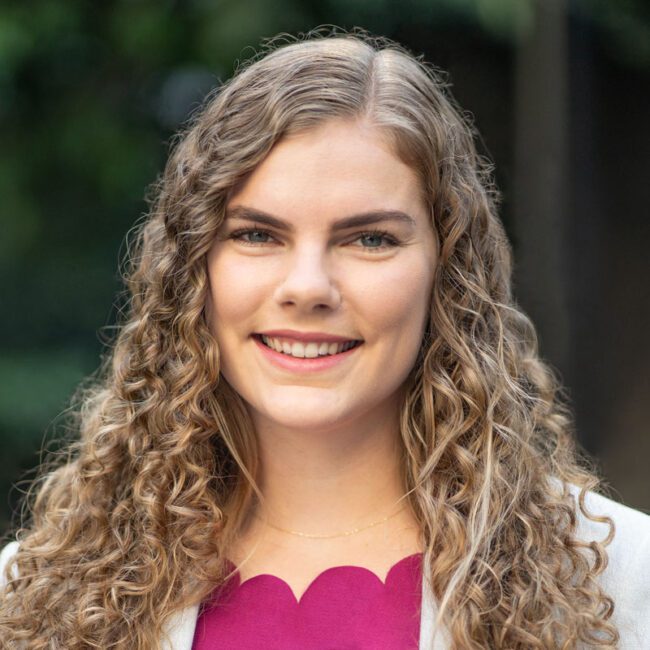
Jenna Fitzpatrick works with HR&A’s Los Angeles Office to support real estate, municipal planning, and economic development projects.

Taylor Kay drives community impact, innovation, and economic development for cultural capital assets around the globe through real estate strategy. She brings an equitable and inclusive lens to support clients across sectors.
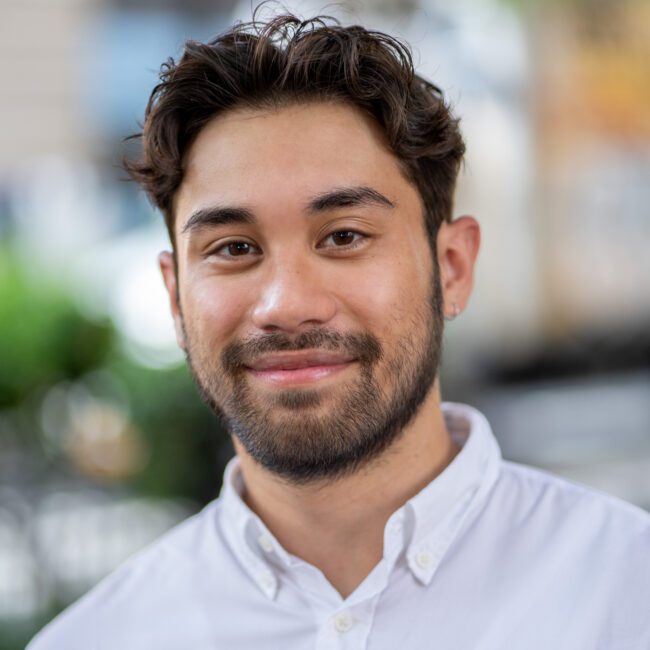
Tommy Truong draws on his experience in community engagement, data analysis and democratization, and public policy to support equitable and inclusive urban development.
Senior Analysts

Andrew DeFrank supports clients in building transit-oriented development, establishing policy solutions to catalyze economic development, and managing the implementation of large-scale infrastructure and real estate projects.
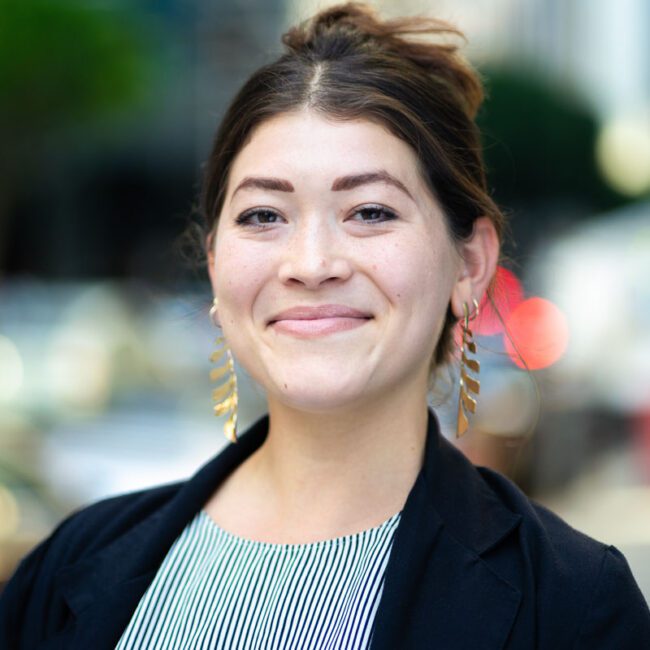
Anika Richter leverages her cross-sector experience to plan for more equitable, just, and accessible cities. She is passionate about centering joy, healing, and environmental justice in her work.
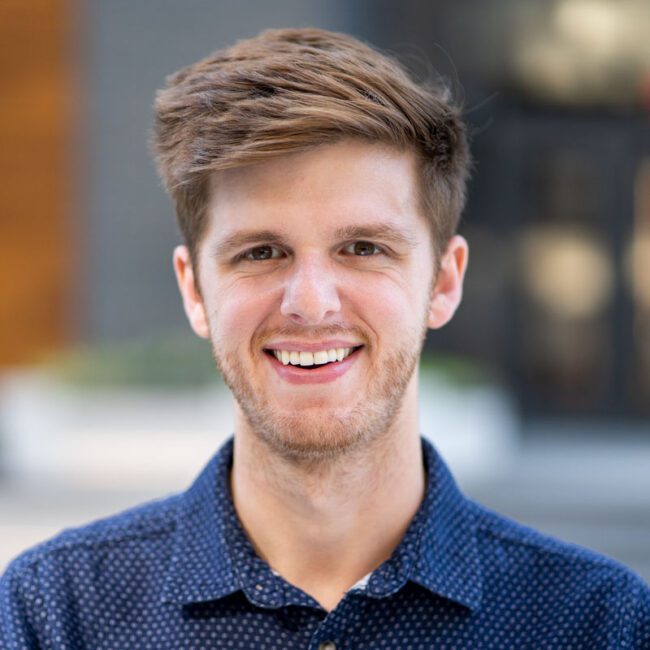
Austin Amandolia is based in our HR&A’s Raleigh office, where he leads and manages analytical tasks for HR&A’s transit-oriented development, housing affordability, cultural capital, and real estate projects.
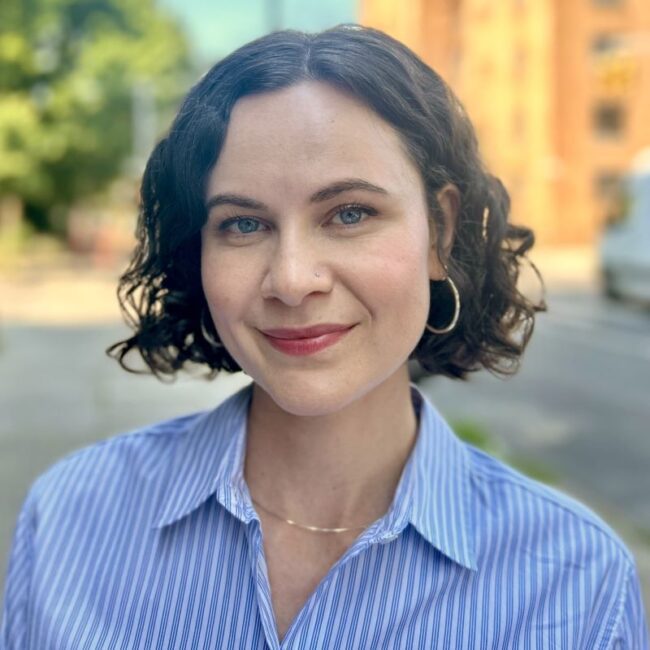
Eva Phillips helps clients navigate complex housing and urban development challenges through data-driven and community-centered solutions.

Kas Tebbetts works to develop policies and strategies that uplift and protect marginalized groups’ histories, cultures, and communities. She advises clients across sectors on harnessing the power of preservation for economic and community development, sustainability, housing affordability, and representation.
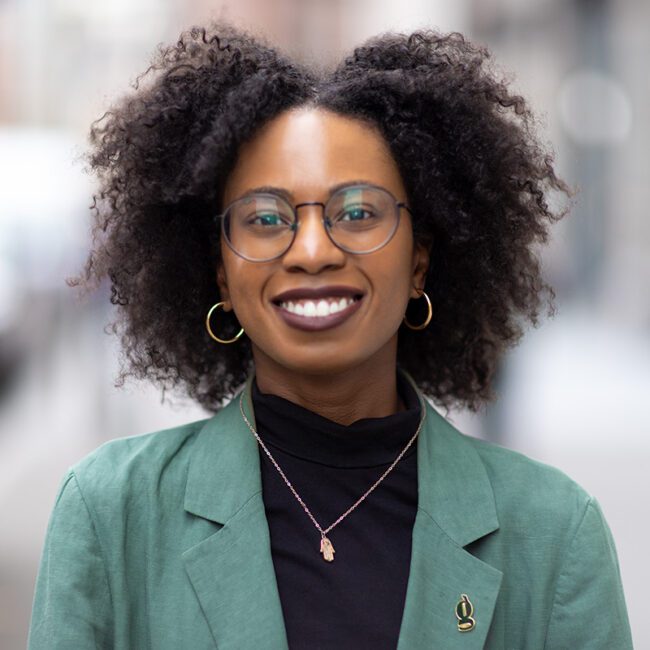
Kayla Jaffe is at the forefront of creating equitable and just urban communities; she has worked with a variety of government agencies, nonprofits, foundations, and private sector clients to develop policies and programs that support the United States’ changing demographics.
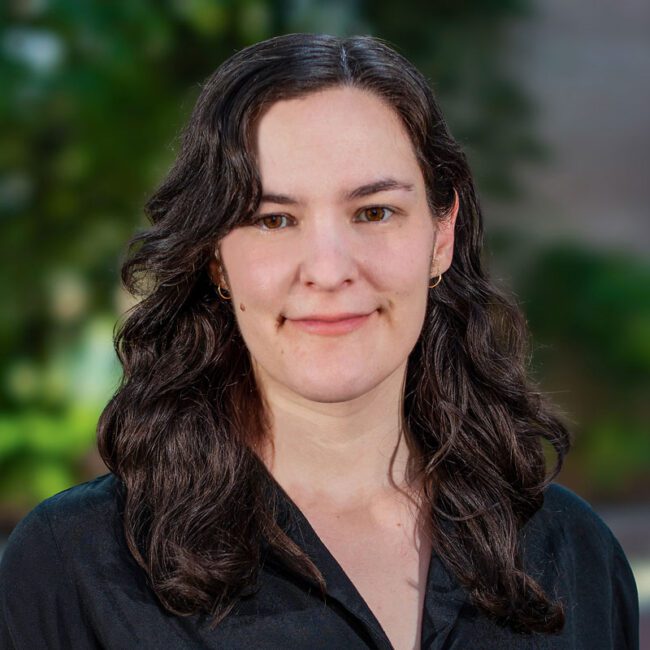
Marielle Saunders provides research and analytical support to projects ranging from economic development and inclusive cities to urban resilience and innovation.

Matthew Rivas‘ work is centered on the intersection of economic development, real estate strategy, parks and open space planning, and climate policy for clients across the country.
Analyst
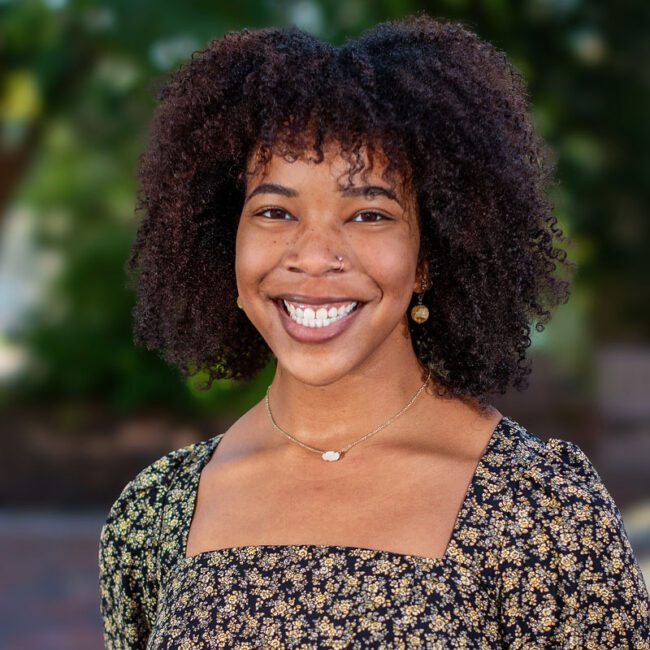
Jayla Hart is driven by her passion to create equitable, sustainable change within housing and community development. Her interdisciplinary analysis, technical assistance, and policy guidance helps clients across sectors advance real estate development and urban planning efforts.

